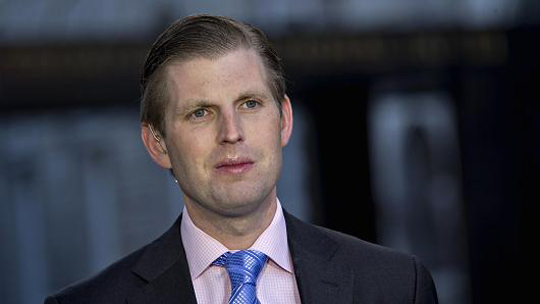Jan 23: Hundreds of Central Americans trying to reach the United States were stuck at the Mexico-Guatemala border on Wednesday after the Mexican government beefed up security to meet US demands to contain migrant flows.
Under sustained pressure from President Donald Trump, Mexico's government has adopted tougher measures to reduce the number of people heading towards the U.S. border.
Migrants in Tecun Uman, on the Guatemalan side of the border, were taken by surprise.
"We thought we'd be allowed through just like with the October caravan when they reached Tijuana," said Honduran migrant Ritzy Anabel, who did not give her surname.
"People from Mexico and Guatemala treated them well. But now it's changed because Mexicans don't want (us) to enter."
Many Central Americans migrants heading north are fleeing economic hardship and violence at home. A large caravan of migrants crossed into Mexico and went north in October 2018. Migrants crossing into Mexico earlier this week faced tear gas from security forces, who delivered a firmer response than in previous mass movements at the border.
Even so, about 1,000 migrants, most of them from Honduras, managed to reach Mexican soil on Tuesday. Mexican Foreign Minister Marcelo Ebrard said several hundred of the new arrivals were immediately deported on planes and buses.
On Wednesday, Mexican authorities said that 460 Honduran migrants were deported throughout the day. Other migrants from the group, including families traveling with children, were pondering their next moves.
Honduran Carlos Amador said that while some of his compatriots were returning home, others were hoping for positive news.
Trump has repeatedly threatened to punish Mexico and Central American countries if they fail to clamp down on the migrant flows. That has resulted in a series of agreements aimed at delivering on Trump's campaign promises to curb immigration.
Department of Homeland Security Acting Secretary Chad Wolf called the measures put in place by the Mexican National Guard "effective", adding that dozens of his personnel was on the ground in Central America assisting local immigration and security officials. Trump tweeted: "Sorry, if you come you will be immediately sent back!"







Comments
Add new comment